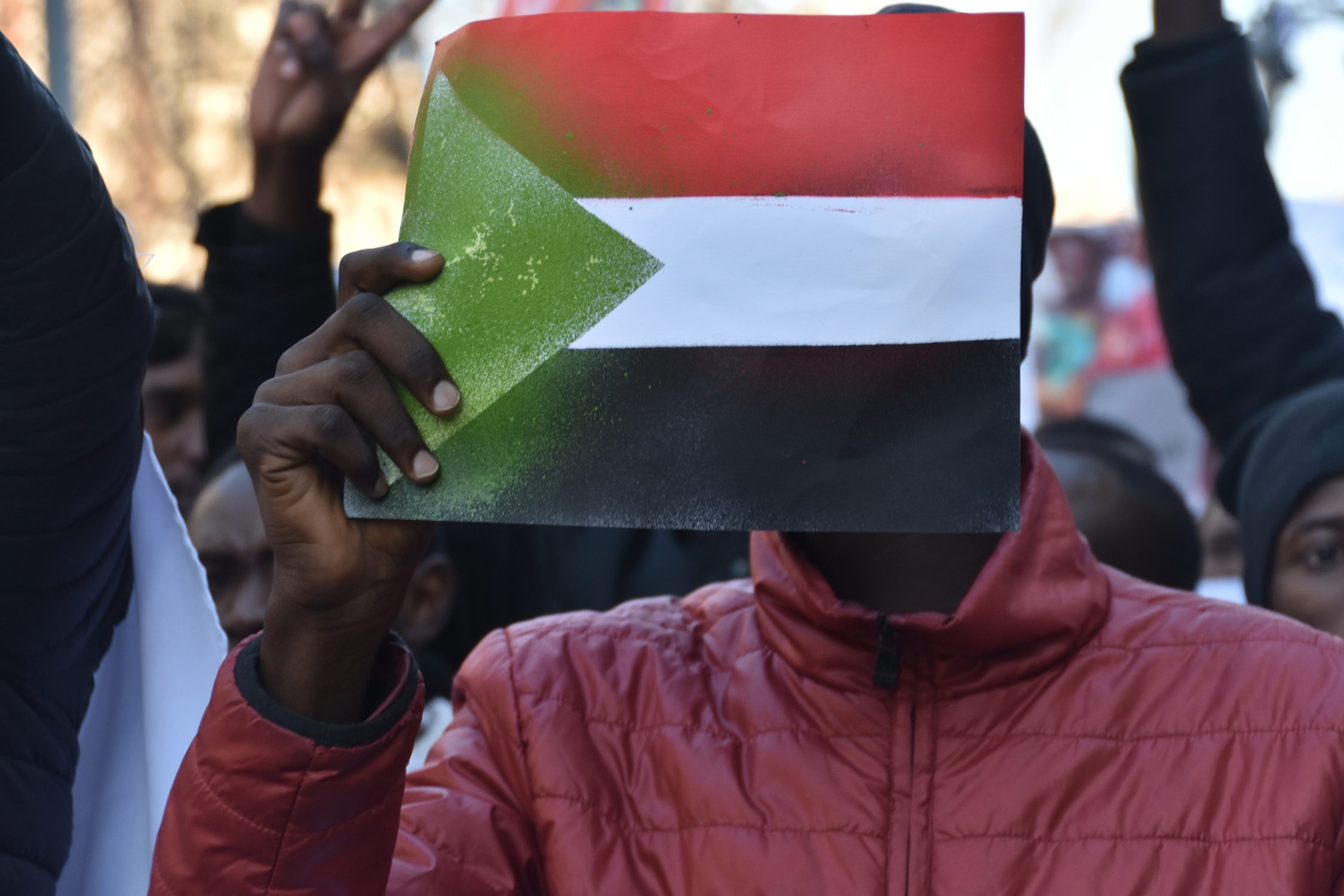The below is from a WPF research briefing paper, “The APSA: Norms and Structures for the AU’s Peace Missions,” produced as part of the African Peace Missions project.
Key Messages:
- The African Peace and Security Architecture (APSA) consists of norms and mechanisms developed over the last fifteen years. These are wide-ranging and their full implementation would be a major advance for peace and security.
- The current APSA needs to be expanded to ‘APSA Plus’. One part of this is to include mechanisms for enhanced engagement with the Regional Economic Communities (RECs) and Regional Mechanisms (RMs) that are increasingly active in matters of peace and security in their respective regions. Another element is to rise to the challenges of ‘shared spaces’ of the Red Sea and Mediterranean, with new mechanisms for managing Africa’s growing web of relations with trans-regional and extraregional organizations (T/XROs);
- The rapid deployment capability of the ASF is weak to nonexistent. There is a need to limit the task of the existing ASF, managed by the AU Commission, to consensual peacekeeping, and develop a separate ASF concept for peace enforcement operations that depends on the role of a lead region and a lead state, with the AUC retaining the responsibility for mandating and setting norms and standards for such operations;
- The existing pillars need to be expanded to include measures such as strengthening the Peace and Security Department (PSD) and its Mediation Support Unit. There is also room for important norm development on democratic constitutionalism and inclusivity in peace processes, and on guidelines for distinguishing between terrorist acts and terrorist organizations.
Drawing on the history of the Organization of African Unity (OAU), it is clear that the project of the AU was driven by a genuine multilateralism expressed in its pan-African agenda of completing the liberation of Africa from colonialism and its non-allied movement. The original mission and objectives of the OAU were successfully completed by the liberation of South Africa from Apartheid rule in 1994, prompting the need to redefine the vision and mission of pan-Africanism in general and that of the continental organization in particular.
During the 1990s and early 2000s, Africa was marginalized and neglected by the international community. It was treated mostly as a humanitarian case. The policies and actions of the global powers treat Africa primarily through a security lens (the war on terror and international policing) and a commercial lens (investment opportunities). At the same time, Africa faced multiple crises: the Rwandan genocide, the DRC crisis, the statelessness of Somalia, the war and crisis in several West African countries including Liberia and Sierra Leone. This situation both allowed and required African nations to take primary responsibility for peace-related activities in Africa.
The International Panel of Eminent Personalities, established by the OAU to investigate the Rwandan genocide, called for African states to adhere to a principle known as non-indifference. This idea, which framed Article 4(h) in the Constitutive Act for the African Union, calls for a commitment to an African solution for African conflicts and codifies the responsibility for collective African action in the gravest circumstances. The new norm supplemented rather than supplanted the OAU’s original principle of noninterference, and is only a part of the norms related to peace, security and democracy within the overall Constitutive Act. The APSA was thereby developed following the transformation of the OAU into AU.
The wider architecture for advancing peace and stability in the continent defines the different components of the APSA and its pillars, which include the Peace and Security Council (PSC), the Continental Early Warning System (CEWS), Panel of the Wise, African Standby Force (ASF), African Peace Fund (APF). The APSA was developed “incrementally” in response to the environment of the end of the 90s and the beginning of the new century. APSA should also be understood as an instrument with an internal focus on how the AU relates to the various African Regional Economic Communities. Hence, it lacks structures and mechanisms for dealing with extra-regional organizations that overlap with Africa, forming its “shares spaces.” There is a need to develop an APSA Plus mechanism to help the architecture better reflect the current dynamics.
Another distinction in the African practice of conflict resolution is the contextual and holistic approach taken, which differs from the politically driven approach implemented through large powers like the UN and NATO. There needs to be a “recalibration” of APSA instruments to ensure effective implementation of its stated objectives. The paper breaks down the five pillars of the APSA to discuss the functions of each pillar and determine the gaps that the AU should address to more effectively implement its instruments.
The Peace and Security Council (PSC) is the AU’s organ for preventing, managing and resolving conflict. It derives its operational authority from Chapter VIII of the UN Charter and is legally junior to the UN Security Council. However, the PSC’s nature as the first responder to African crisis situations and its capability to drive an African narrative related to peace and security shows that it is also an actor on its own right and therefore needs to be equipped with the right instruments and mechanisms to enable it live up to the expectations. African states should take the appointment of their permanent representatives to the AU PSC seriously as the quality of the debates in the PSC and the uptake of PSC decisions by the respective member states also depends on the quality of the permanent representatives.
The PSC needs to establish appropriate consultative, operational, and legal relationship with African Regional Economic Communities (RECs). There is also the need to tighten the relationship of the A3 members of the UNSC and the AU/PSC so that the A3 reflects the positions and directions of the AU PSC at UNSC decisions.
The Panel of the Wise needs to be formally expanded to include mediation support mechanisms with the responsibilities of developing norms to guide mediation and political processes within the given changing conflict and mediation dynamics. These guidelines should address: the determination of an appropriate mediation sponsoring agency and the selection of mediations under a given condition; how to manage political processes involving terrorists; and models for creating panels of experts for crisis situations to enable appropriate expert support and inputs.
The rapid deployment capability of the ASF is weak to non-existent. There is a need to limit the task of the present ASF to consensual peacekeeping, and develop an ASF concept for peace enforcement operations that depends on the role of a lead region and a lead state, with the AUC retaining the responsibility for mandating and setting norms and standards for such operations.
The effectiveness of the CEWS needs to be enhanced by providing it appropriate conflict analysis capacity and creating the right mechanisms to enable it engage the policy level of the AUC. There is also the need for CEWS to be connected to peace missions, including political missions for the development and use of its conflict analysis and early warning products.
The African Peace Facility is an important pillar that mobilizes resources to finance African peace missions. For this pillar to be effective, African states must not only pay their dues on time, but also contribute to the peace fund. It is also important the APF aims to finance not only peace support operations, but also wider political missions and to ensure that the rest of the instruments of APSA are also well resourced. Africa is most effective when using its political missions and processes when compared to running peace support operations.
The APSA should move to APSA plus focusing on the primacy of the political in terms of ownership, problem definition, and resourcing with focus on Africa’s unique capabilities and norms.


